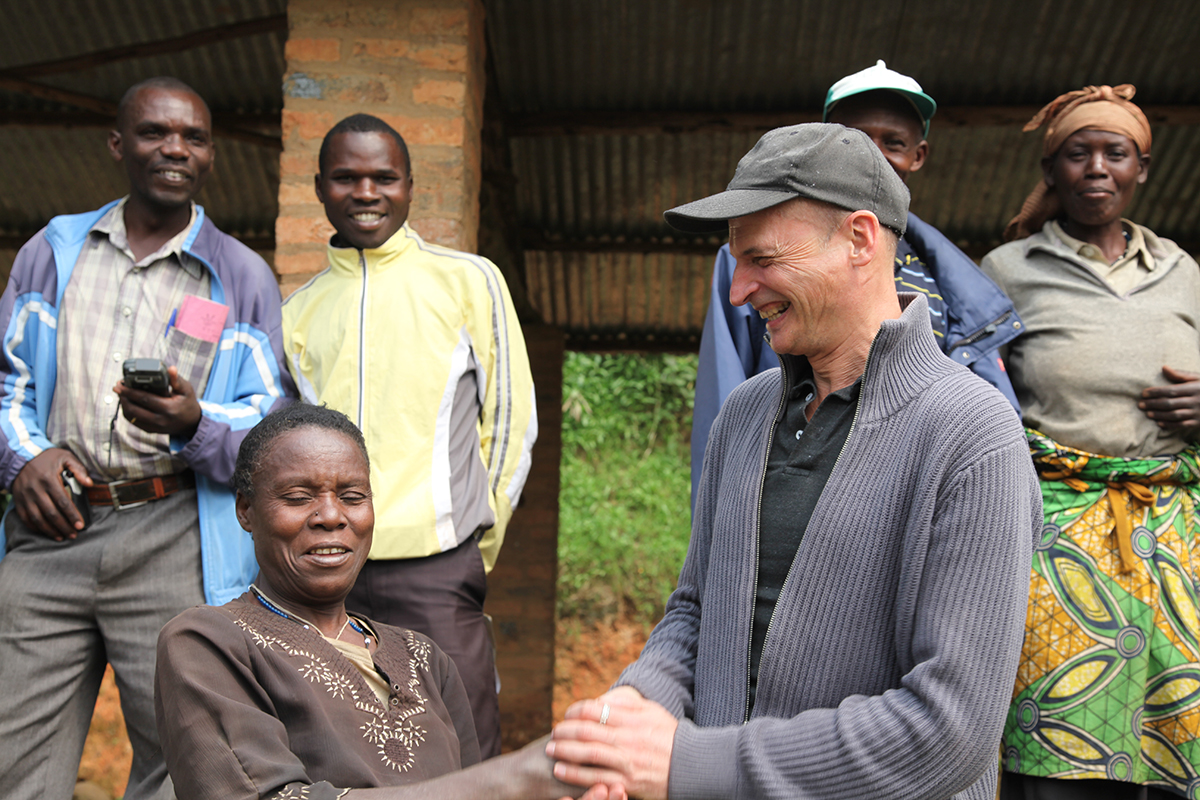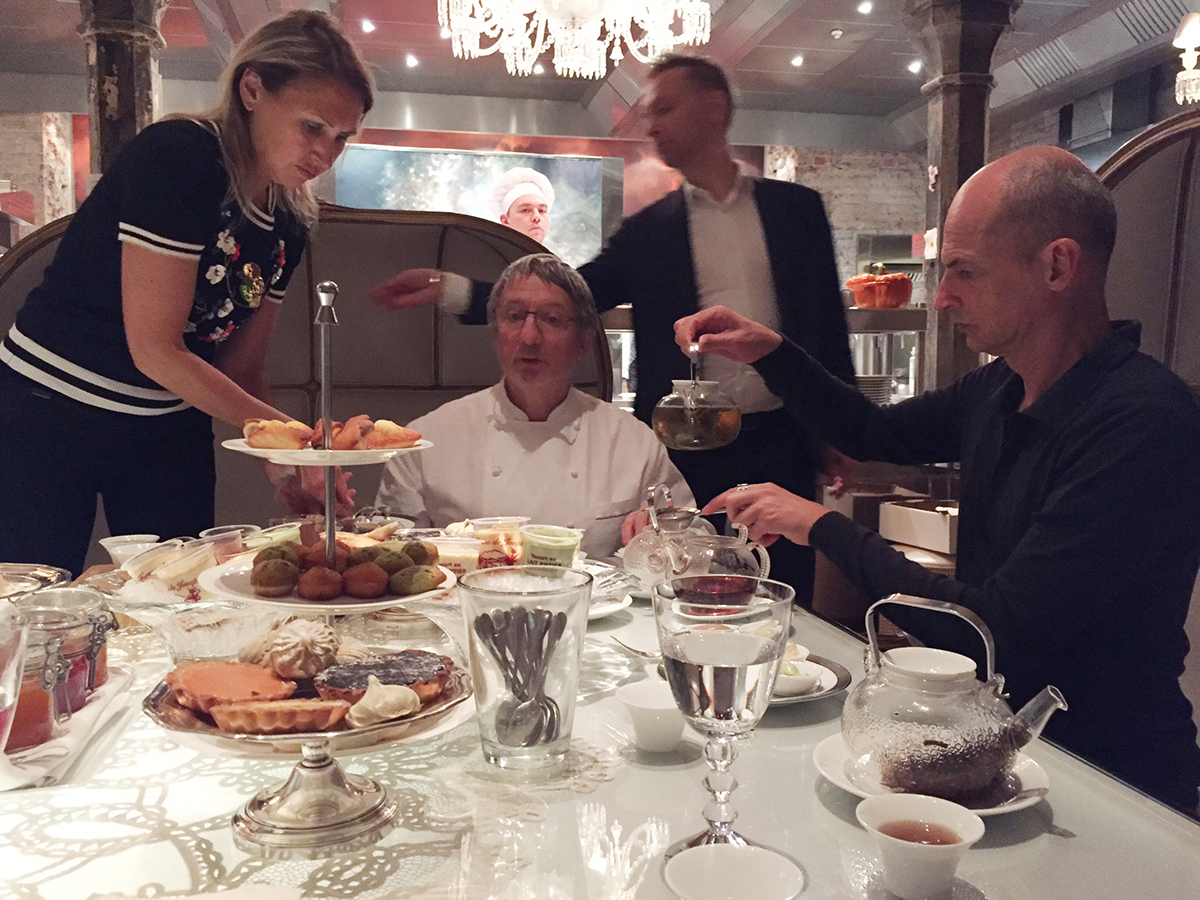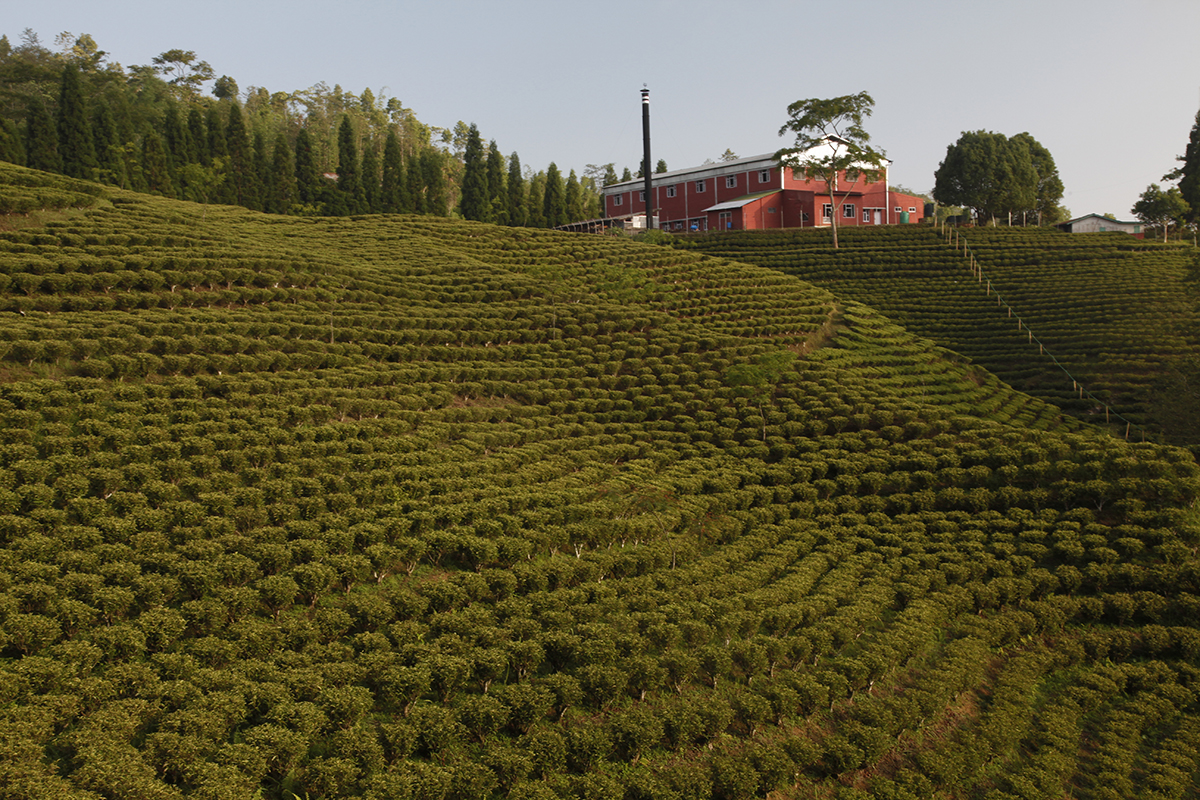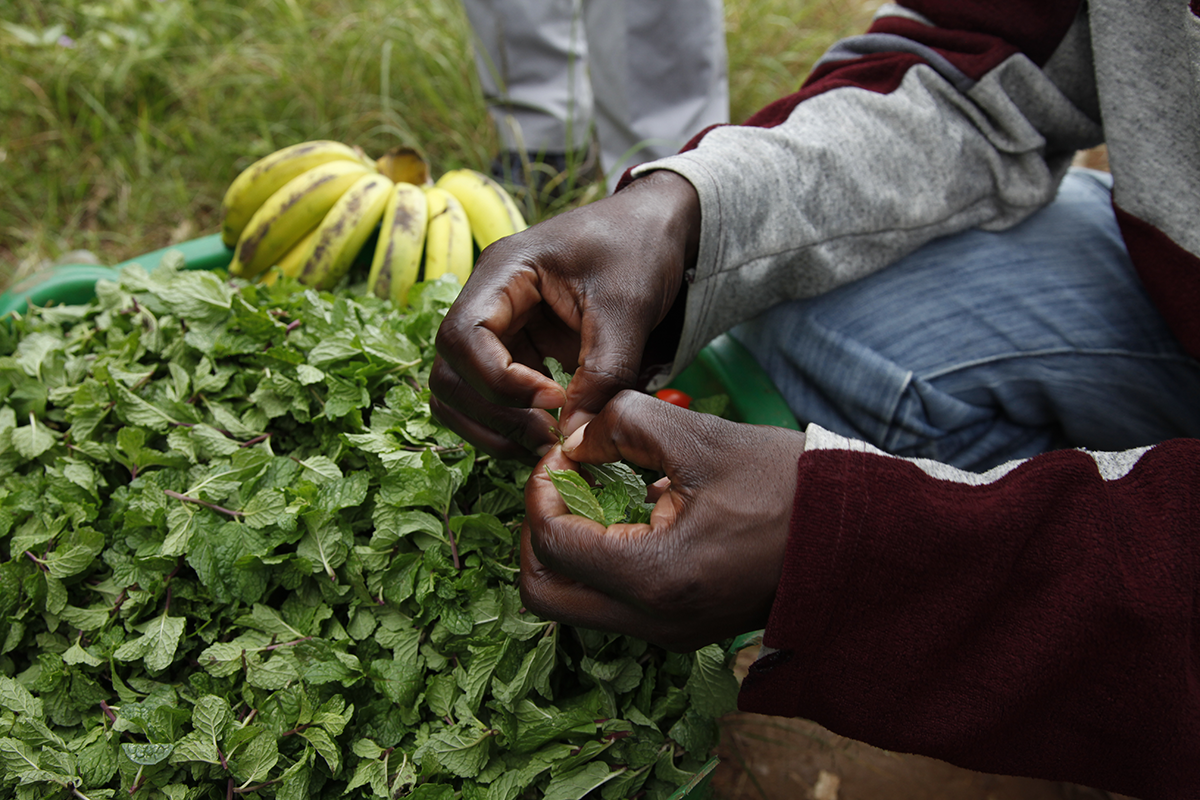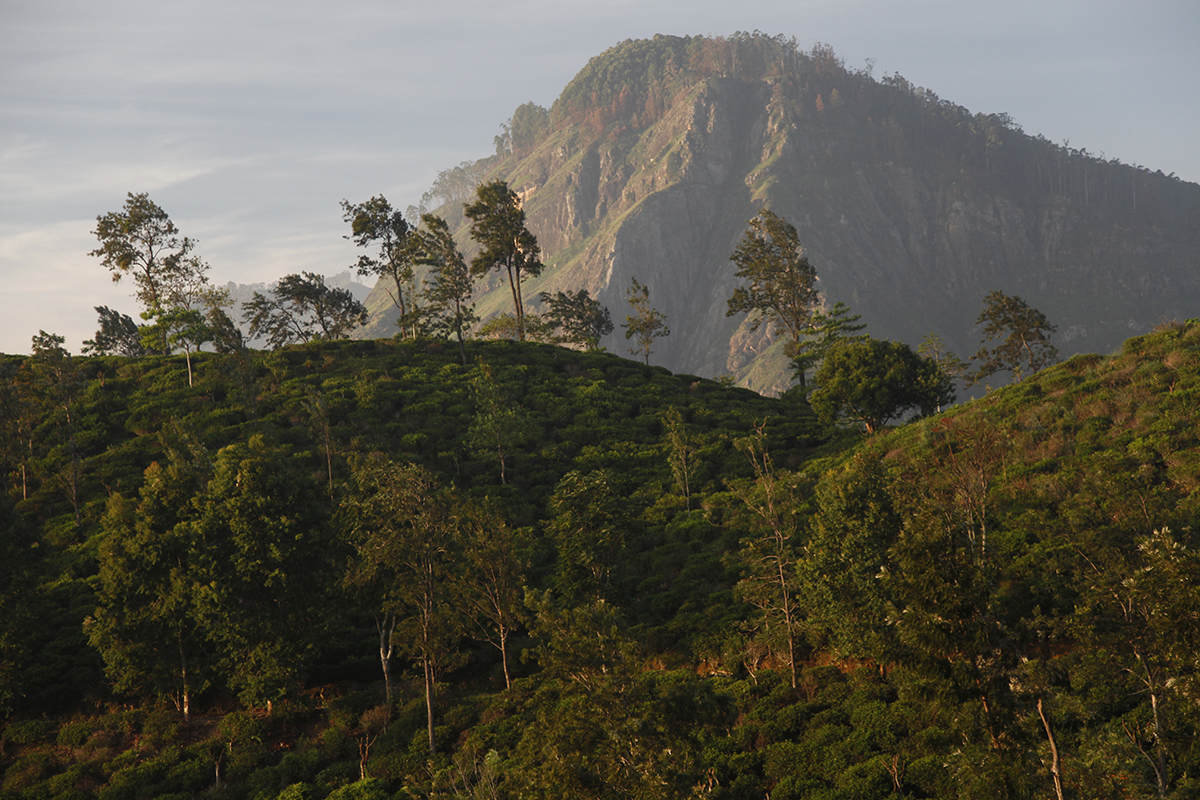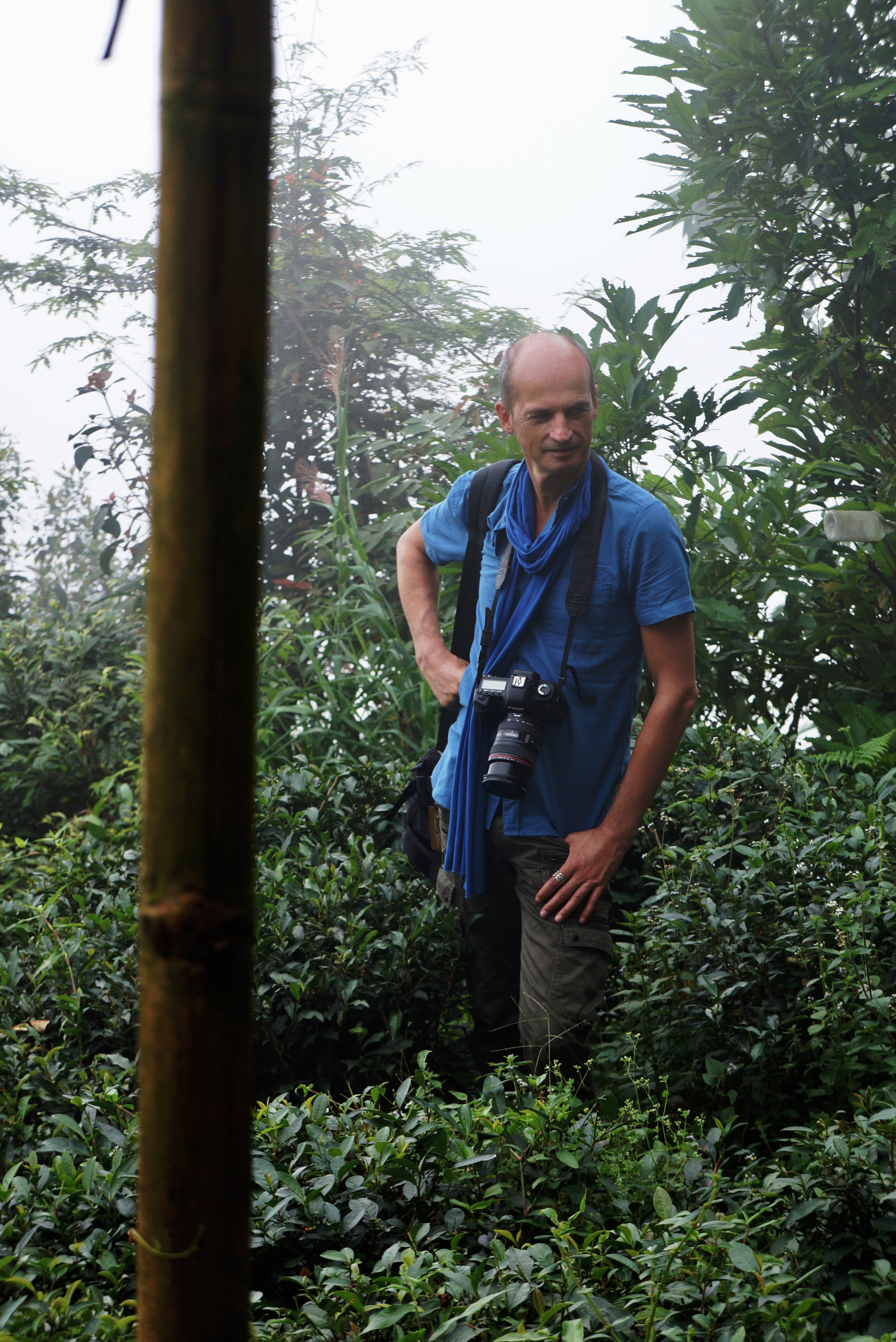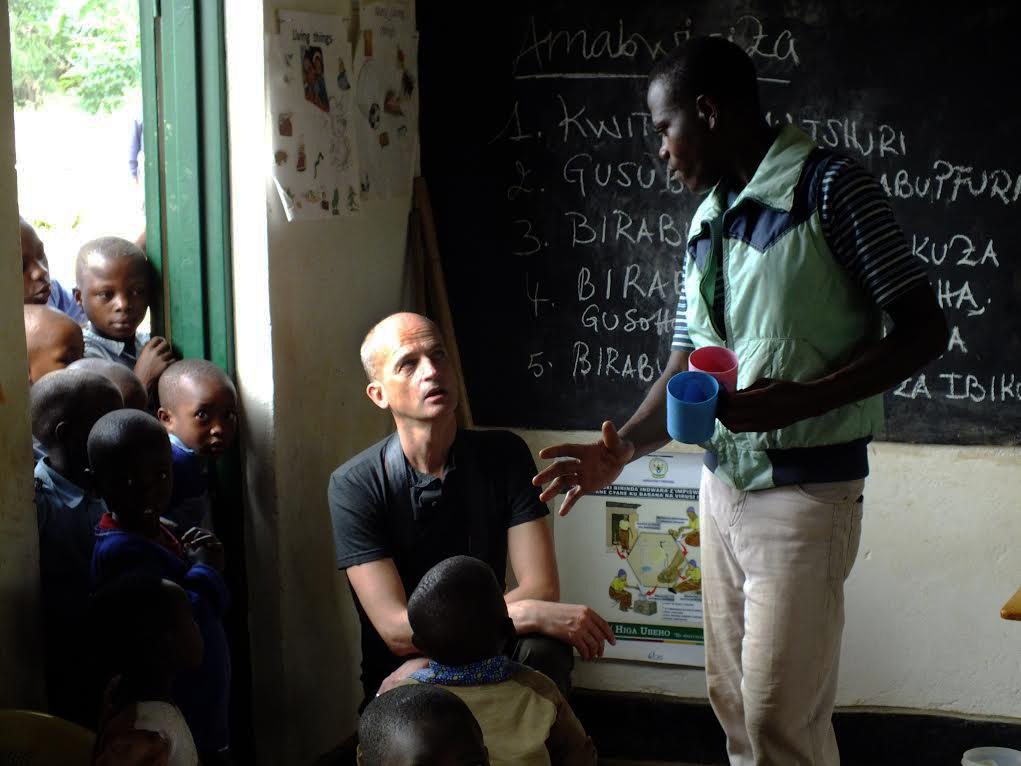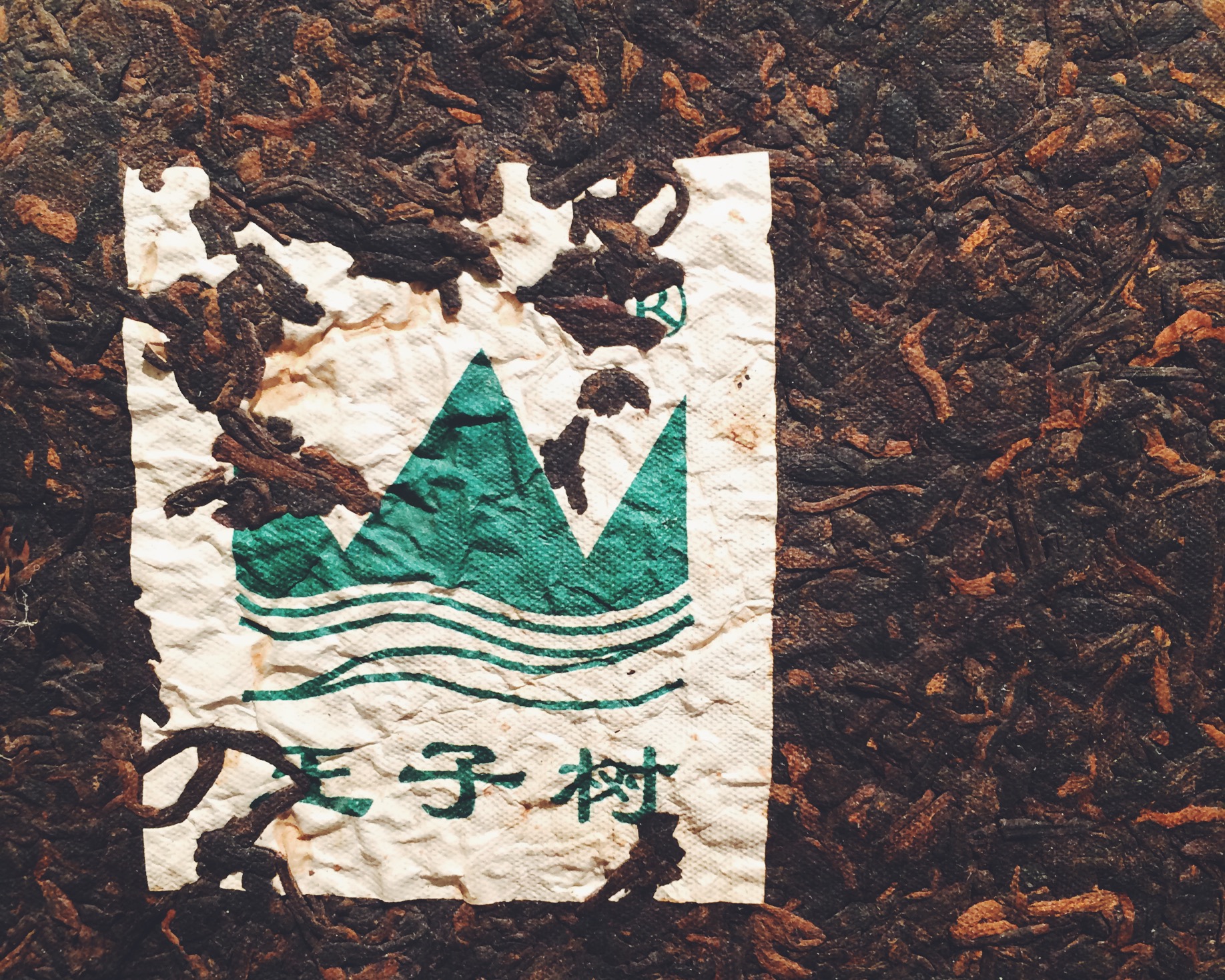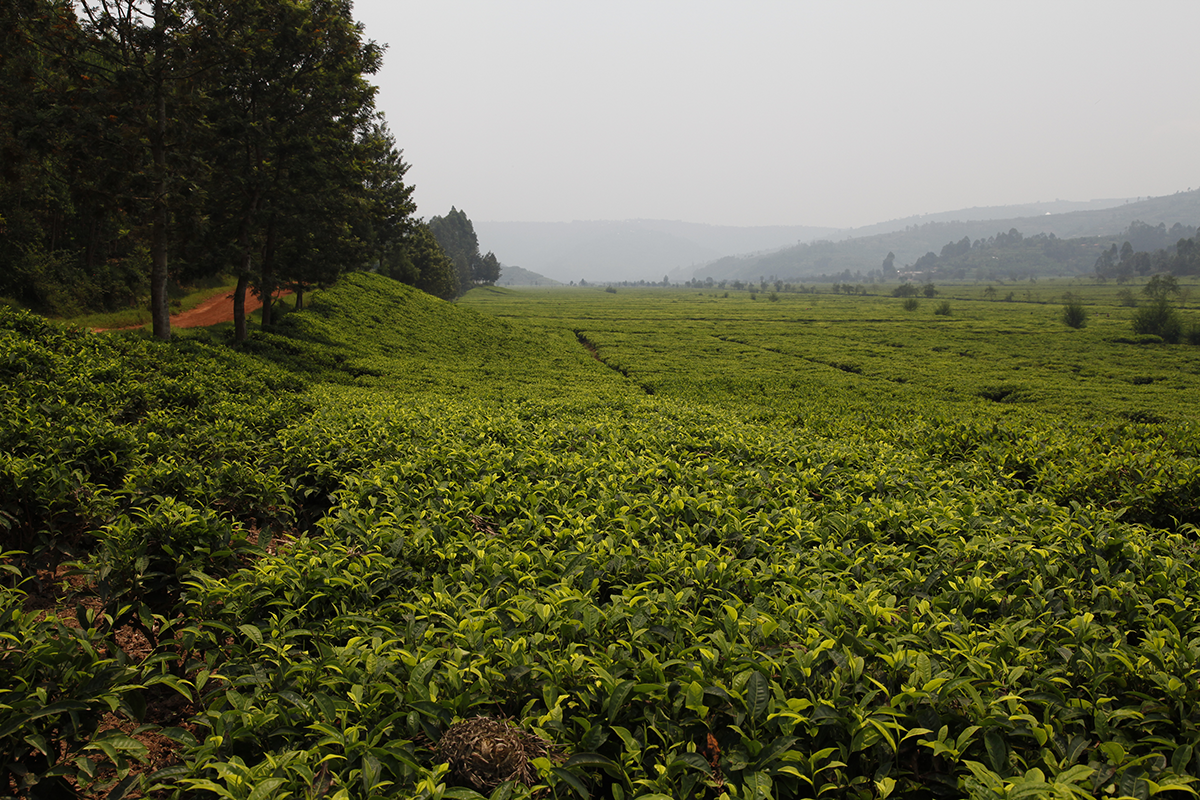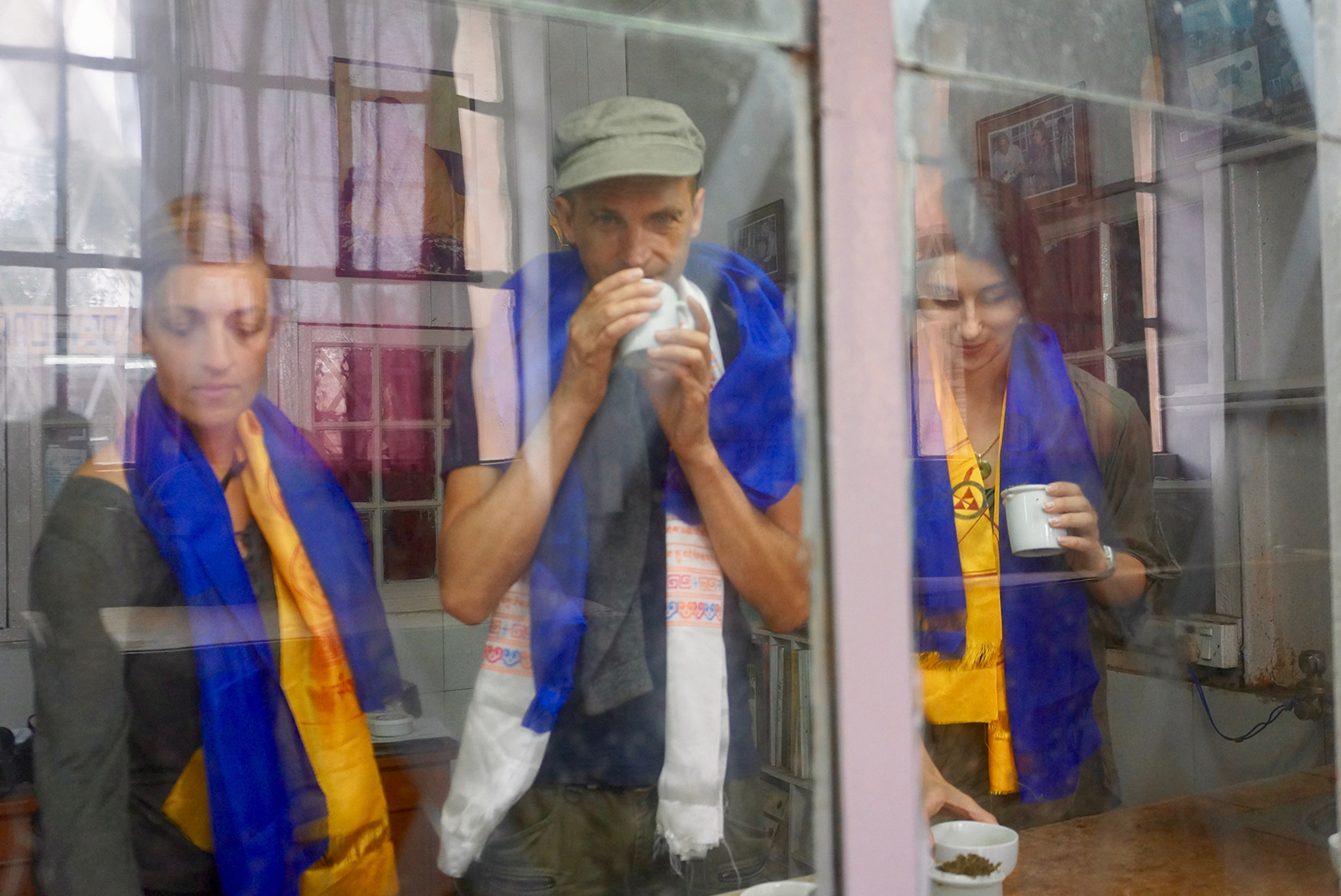Naturally, I have emotions. I never return from my travels unmoved. Yes, in the strictest sense my job consists of visiting tea fields, talking with producers, tasting, and understanding how the tea is made. But in practice my work doesn’t stop there. It’s not just about tea leaves, plants, machines, flavours. Most of all, tea is about people. Men and women. Smiles, surprises, joy, pain, laughter, fear, curiosity, anxiety, fun, desires, challenges, suffering, pride, hopes and dreams… The people I meet up in the mountains give me all this. So as soon as I see a familiar landscape, I feel moved. I think back to the time I was there before, to the people. I remember what I learnt about life in those places. I remember my feelings. I don’t wear armour when I travel. A journey is like a shipwreck, and people whose boat has not sunk will never know the sea, wrote Nicolas Bouvier, a writer I love. So, sometimes I sink. I return a different person from when I set out; I’m not exactly the same on my return. And sometimes I don’t want to come back. I want to lose myself. People’s lives touch me, their emotions touch me. I have this incredible opportunity to meet people who are different from me, different in every respect – in their culture, religion, language, ethnicity. Different, but the same in that we are all human. And often, when I come back down from a mountain after spending several days up there, I need to rest. To take a break before I reach the valley. I need to sit at the roadside or at the edge of a field before going back to the city, before forgetting, forgetting why I left this place I already loved. When I come back down from my mountains, I need to stop, take a breath, not let things go too quickly. I need to dream, to cry, sometimes, to be aware of what I’m leaving, to not be in a rush. I simply need to breathe, to fill my lungs one last time with blue air; to live.
ARCHIVE FOR 2016
A happy combination
Identifying tea and food pairings is a serious business. By this I mean identifying a tea to accompany a dish so that you create a happy combination for both protagonists. And that’s where it gets difficult. For example, if I pair a Genmaicha with a hazelnut financier, it only works if the tea’s vegetal, toasted notes enhance the cake, and also if, having consumed a morsel of the financier, the Japanese green tea is revealed in a new light, to its advantage. A few weeks ago I spent a solid six hours in the company of chef Michel Lentz, at the Baccarat Crystal Room in Moscow, tasting with him a profusion of bouchées, tartlets, crèmes, madeleines, financiers, meringues, ice creams and sorbets, made by him, accompanied by an equal number of teas, so that together we could find many happy combinations. I would particularly like to mention the crème caramel, with memories of childhood, which we enjoyed with a Dan Cong for the top part, while the liquid at the bottom of the ramekin was the most successful pairing with a Jin Zhen, with warm notes of stewed fruit, wax and honey.
Kuwapani: a rather unordinary past
Some tea plantations have rather ordinary origins, and the Kuwapani plantation is one of them. A few years ago there was a rundown angora rabbit farm in Kuwapani that was only just limping along. I’m talking about the farm but I’m sure the same could have been said for the poor rabbits, bred for their fur alone. The owner saw a tea plantation being established on the hill opposite, followed by another. He observed the harvesting and processing of the leaves. He developed a taste for what his neighbours, Jun Chiyabari and Guranse, produced, and he witnessed their growing success. Then, one day, he decided to change his business, radically. He opened up the hutches, installed machines in his main building to process the tea leaves (rollers, dryers and so on), planted his land with tea, recruited an experienced, talented man to oversee the work, and a few years later the Kuwapani plantation had made its name in the world of tea. I heard this story while I was staying at Kuwapani and asked the owner about an object that had been intriguing me. On the mantelpiece in the living room sits a magnificent porcelain rabbit.
Farmers diversify their crops
This photo may seem odd, and rightly so: these aren’t tea leaves, but mint. However, this photo perfectly illustrates an aspect of my work. Many small producers around the world grow tea, harvesting and selling the fresh leaves to a co-operative, a farmer bigger than they are, or a company, who then processes the leaves. These small producers can sometimes have strong economic power, when demand for leaves is higher than supply. But more often than not they’re dependent on the buyer. So it’s always better if a small producer makes only part of their income from tea, and grows other crops alongside it such as potatoes, ginger, fruit and so on. This protects them from fluctuations in the price of tea, and gives them greater peace of mind.
Little Adam’s Peak
I was incredibly fortunate, when I woke yesterday without knowing exactly where I was, to discover this sublime view from my bed. I’d arrived in Ella late the night before, from Ratnapura, and without the moon I couldn’t get a sense of the landscape. I was woken at 5am by the birds singing, as well as the shrill cries of the squirrels, who were celebrating daybreak in their own way. I went out onto the terrace to enjoy the sight, and I stayed there, taking it all in. This mountain is called Little Adam’s Peak.
I hadn’t been to this beautiful country for a year, and I’m happy to see that in the mountains in the centre of the island, a few factories that used to make teas industrially with a rotorvane machine, which is very rough on the leaves, are now at least trying to make teas the orthodox way, a method that is more respectful of the leaves. They are just attempts, I know, but it’s a promising sign and it’s a pleasure to see that tea planters want to try out new methods, make better teas; that they are curious, and want to improve their quality.
Blue and green
Blue and green are my favourite colours. Blue, because the sea has been very important to me, and the island in Brittany where I spent all my childhood summers taught me a lot about life. The blue that comes and goes with the tides, a blue that turns green then brown when the tide goes out, the blue of the swollen sea, the blue of Brittany’s skies (though there are those who love its drizzly rain too)…
Blue and then green, the green of tea fields, the green of camellias, a dark green or a yellowish green, depending on the variety. A glossy green or matt green leaf, depending on whether you look at it from above or below. The green of the rice fields that meet the slopes covered with tea plants, the green of forests, so essential to keeping our climate balanced, the dark green of cryptomeria japonica, that spindly, rather bare tree that I love, found from Kyoto to Darjeeling, whose needles hold the mist so well. The green of the forest school I attended, the green of the countryside, of my little piece of nature where I’m so happy, the different greens of all the herbs I use to season my food, the green of young shoots, the green of springtime, the green of nature awakening; green, the symbol of life.
?Visiting schools is part of my job
A tea plantation, a farm that produces tea, is a whole world in itself. Wherever tea is grown, wherever it’s processed, there’s both an agricultural aspect and a human aspect. Tea is where these two paths meet: plants and people. So when I meet tea producers I naturally take an interest in every part of life on the farm: the quality of the tea, of course, as well as the plants and soil, and how they’re respected. Also the quality of the environment, forests and rivers; the quality of housing, and the treatment workers receive if they’re injured; the quality of all preventive measures put in place and, most of all, the quality of education. Visiting schools is part of my job, and I really enjoy talking with the students and teachers alike. I wouldn’t miss these moments, or rush them, for anything in the world.
Improving with age
Recently a blogger asked me what my favourite tea was. I couldn’t answer, as is the way every time I’m asked this question. I love so many different teas! How could I choose just one among the most remarkable teas? How could I choose one when they’re all so different? How to choose between a Japanese Ichibancha, for example, a Dan Cong, a Jukro, a Pu Erh Sheng, a Darjeeling AV2, an Oriental Beauty, a Taiping Hou Kui and an Anxi Tie Kuan Yin, to name just a few among my essential favourites? And that’s leaving aside all the other teas that can also be classed among the best in the world! Then there are the less well known ones, which I’m proud to have discovered in regions unknown by connoisseurs, such as Africa, for example.
No, I don’t want to answer that question. I don’t want to choose. Every tea has its moment, its day, time and surroundings. This morning, for example, a cold rainy day in Paris, the day of the American presidential elections, I warmed my body and soul with a Pu Erh Shu, a dark tea with earthy, animal notes; disturbing, powerful notes. A tea that is initially scary; a tea that smells of stables, leather, worm-eaten wood, cellars, moss, undergrowth, humus and decomposing plant material. A tea that nonetheless has a wonderful richness and is special because it improves with age. And that’s what I wish for the new American president: to improve with age.
Being present in the moment
Tasting dozens of teas like I do every day of the year requires the ability to be present in the moment. You can’t compare several teas or form an opinion on the aromatic richness of a liquor if you’re rushed, stressed, preoccupied or simply thinking about other things. Tasting involves analysis, and this sensory analysis means you need to be very present. When I’m not in exactly the right state of mind for this task, which can happen to anyone, if there’s noise around me or if I’m distracted by something, if I’m tense or the slightest bit annoyed, I get away from everything. And I take however long I need to look at a beautiful landscape like this one. I focus on the scene before me. I gaze at it until I’m thinking of nothing else. I dive into it in the true sense, until I’m ready, free from all distractions; until I’m present in the moment. Then I can go to my tasting sets and contemplate the flavours and aromas of the teas I drink.
I recommand this focusing exercise before every tasting session.
With Manuela and Nathanaëlle, certified “Tea Sommeliers”
On this blog you follow me on my search for teas and at my tasting sessions, and I thank you. Sometimes I also talk about pairings of teas and food, and I should also tell you about the tastings I’ve enjoyed so much in the company of chefs and tasters of other quality products such as chocolate and oil.
But I have another mission, which is to share knowledge. I’ve learnt everything I know about tea from farmers and planters: every trip, everyone I meet, every tea I taste, throughout the year. I’ve been learning for 30 years and I know just enough to understand that I’ll never have time to completely get to grips with the subject. One lifetime is not enough, not nearly enough, to learn everything there is to know about tea. Since the start of our Palais des Thés story, and quite quickly with the Tea School, sharing knowledge has come to play an important role in our company. Today we’ve passed a very important milestone. With the help of my knowledgeable entourage, I’ve developed a practical and theoretical exam that will recognise, promote and encourage the best tea experts. So far, five people have been awarded this Tea Sommelier certification. Here I am with two of them, Nathanaëlle, our store manager in Marseille, and Manuela, a sales advisor in Paris, both of whom have accompanied me on a trip to Darjeeling. Well done to these two!

